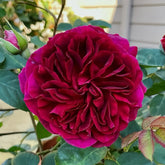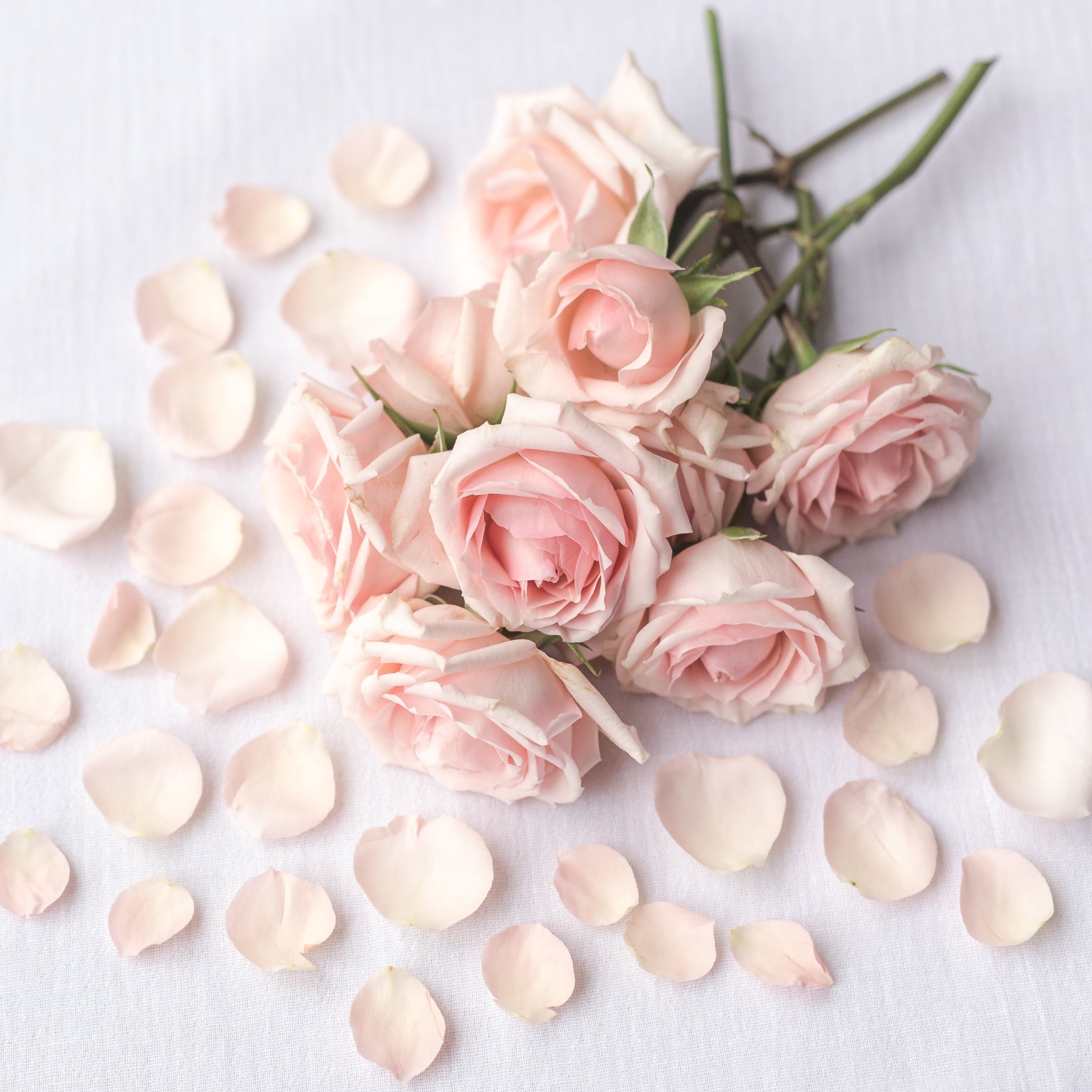How to Choose a Healthy Juliet Rose Seedling — Expert Tips from 20 Years of Growing Experience
How to Choose a Healthy Juliet Rose Seedling — Expert Tips from 20 Years of Growing Experience
When it comes to selecting a healthy Juliet Rose seedling, many gardeners focus on the flower color or fragrance. But experienced growers know the truth — the real secret to long-lasting beauty lies in the quality of the seedling itself. With over 20 years of rose cultivation experience, I’ll share how to pick the perfect Juliet Rose plant that will thrive in your garden and bloom abundantly for years to come.
1. Check for Healthy Stems — No Black or Gray Marks
The first thing to look for is the color and texture of the stems. A strong Juliet Rose seedling should have firm, smooth, and greenish stems without any black or gray discoloration. The bark should feel moist and alive — not dry or shriveled. Healthy stems mean the plant can absorb water and nutrients efficiently, setting the foundation for future blooms.

2. More Grafting Points, More Potential
Each grafting point is where new branches and flower buds can develop. A high-quality Juliet Rose seedling should have multiple grafting points, ideally two or more. Fewer grafts mean limited growth potential and fewer strong branches in the future. When comparing different plants, avoid seedlings with just one grafting point — they may struggle to produce enough robust branches later.

3. Count and Evaluate the Main Branches
Healthy seedlings typically have 4–6 main branches. However, “more” doesn’t always mean “better.” For Juliet Rose, fewer but thicker main branches are far superior to a cluster of thin, weak ones. Strong, evenly spaced branches will channel nutrients efficiently, ensuring larger and more beautiful blooms. A good balance of 3–4 first-level branches and several second-level ones is ideal.
4. Mind the Structure — Spacing Matters
Don’t underestimate how the branches are distributed. A well-shaped Juliet Rose plant will have branches that spread in different directions rather than clumping together. This allows every stem to receive sufficient sunlight and air circulation, reducing the risk of disease and improving overall plant health. The more balanced the structure, the easier it is to maintain later on.
5. Buy from Trusted Nurseries
Even the most knowledgeable gardener can’t grow a healthy rose from a poor-quality start. That’s why it’s crucial to buy from reputable nurseries with proven track records. Reliable growers like Rosesplant inspect each Juliet Rose plant for graft integrity, stem condition, and root vitality before shipping. High-trust sellers ensure your rose begins its life in your garden with strong genetics and professional care.

Expert Case Study — Comparing Seedlings
Let’s take a closer look at several examples: some seedlings have only one grafting point — limited main branches and poor potential for full growth. Others may look green and full of buds, but overly dense. Too many weak buds can divide nutrients, leading to tangled, thin stems and blind shoots. If you already have this type, prune back the fine branches to redirect energy to the strongest buds. The best choice is a plant with three thick primary branches about the size of a finger and four secondary ones about chopstick-thick. The distribution is balanced and evenly spaced, allowing sunlight and airflow on all sides. This is exactly what a healthy Juliet Rose seedling should look like.
Final Thoughts — The Golden Rule of Rose Selection
When selecting your next Juliet Rose, remember one golden rule: always check the stems before the leaves. A strong, thick, well-grafted stem will always outperform a leafy but weak plant. In rose gardening, strength beneath the beauty is what truly sustains those iconic, peach-colored Juliet blooms year after year.



























